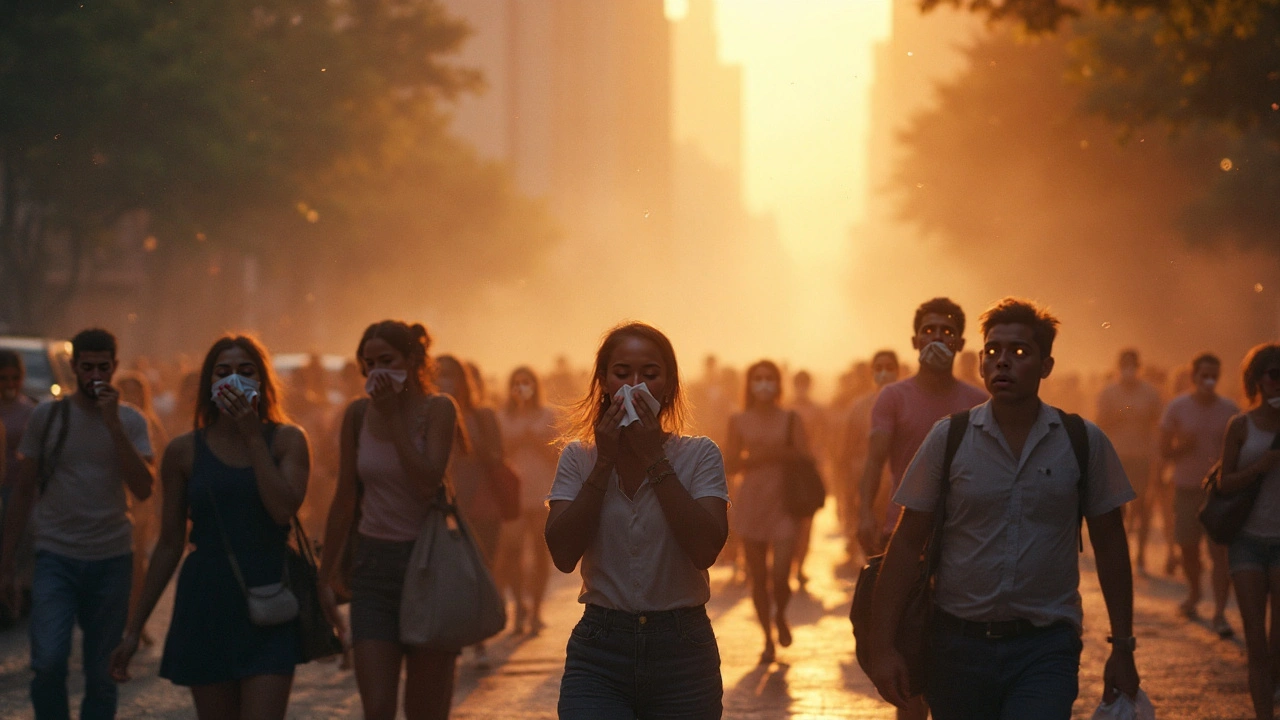Watery Eyes Explained – What Triggers Tear Over‑Production and How to Find Relief
Ever get that sudden sting of tears that won’t stop? It’s annoying, can blur your vision, and makes you wonder if something’s wrong. The good news is most watery‑eye episodes have simple explanations and easy fixes. Below we break down the main reasons your eyes might be over‑producing tears and give you fast, practical steps to calm them.
Common Causes of Excess Tears
Allergies top the list. Pollen, dust, pet dander, or even a new laundry detergent can irritate the eye’s surface, prompting the lacrimal gland to pump out more fluid. The tears are the body’s way of flushing out the irritant.
Dry‑eye syndrome sounds opposite, but it’s a frequent cause of watery eyes. When the eye’s surface is too dry, it reflexively makes more tears to protect itself. That’s why you might feel gritty, then see a run‑off of clear fluid.
Infections such as conjunctivitis (pink eye) also spike tear production. Bacterial or viral infections cause redness, itching, and a thick, sticky discharge alongside the watery stream.
Environmental factors matter too. Wind, smoke, or bright light can stimulate the eyes to produce tears as a protective response. Even staring at a screen for hours without a break can dry the eyes enough to trigger reflex tearing.
Some medications can make eyes watery as a side effect. Antihistamines, certain blood‑pressure drugs, and even eye drops that contain preservatives might lead to excess tearing. If you’ve recently started a new med and notice watery eyes, check the label for eye‑related side effects.
Quick Ways to Ease Watery Eyes
Start with a gentle rinse. Rinsing your eyes with cool, sterile saline or even clean water can wash away allergens and irritants. Do it for 30 seconds per eye, let the fluid drain naturally, and you’ll feel immediate relief.
Apply a cold compress. A clean, damp cloth chilled in the fridge for a few minutes soothes inflamed tissue and reduces tear flow. Place it over closed eyes for 5‑10 minutes, repeat as needed.
Give your eyes a break from screens. Follow the 20‑20‑20 rule: every 20 minutes, look at something 20 feet away for 20 seconds. Blink deliberately to spread the tear film evenly and keep the surface lubricated.
If allergies are the culprit, over‑the‑counter antihistamine eye drops or oral antihistamines can cut down the reaction. Look for drops labeled “anti‑allergy” and avoid those with preservatives if you use them often.
Consider artificial tears. Preservative‑free lubricating drops mimic natural tears, helping dry‑eye sufferers stop the reflex over‑production. Use them at least four times a day, especially before bedtime.
When home tricks don’t help, it’s time to see a professional. Seek medical advice if you notice: persistent redness, pain, vision changes, thick pus‑like discharge, or if watery eyes last more than a week despite self‑care. An eye doctor can rule out infections, evaluate tear‑duct blockage, or adjust medications that might be causing the problem.
In summary, watery eyes are usually a sign that something on the surface of the eye needs attention—whether it’s an allergen, dryness, infection, or a medication side effect. Simple steps like rinsing, applying a cold compress, and using lubricating drops can clear most cases. If symptoms linger or worsen, don’t wait; a quick visit to an eye professional can prevent a minor irritation from becoming a bigger issue.
How Climate Change Fuels Blocked Noses and Watery Eyes
Explore how rising temperatures, CO₂, and pollution boost pollen and irritants, driving a surge in nasal congestion and red, watery eyes worldwide.
